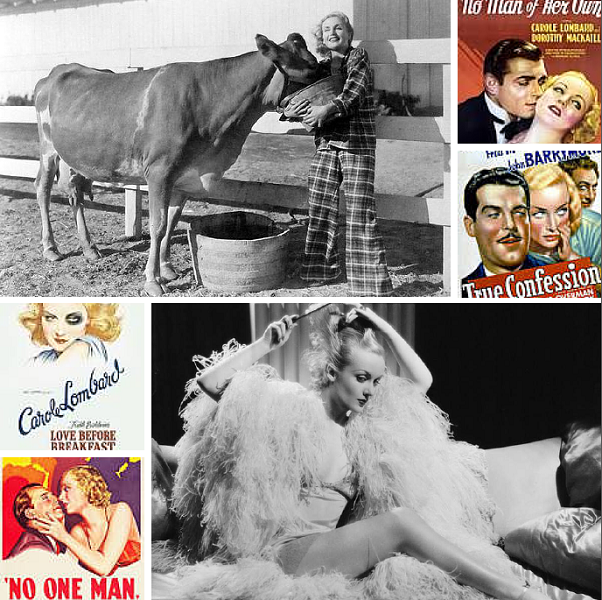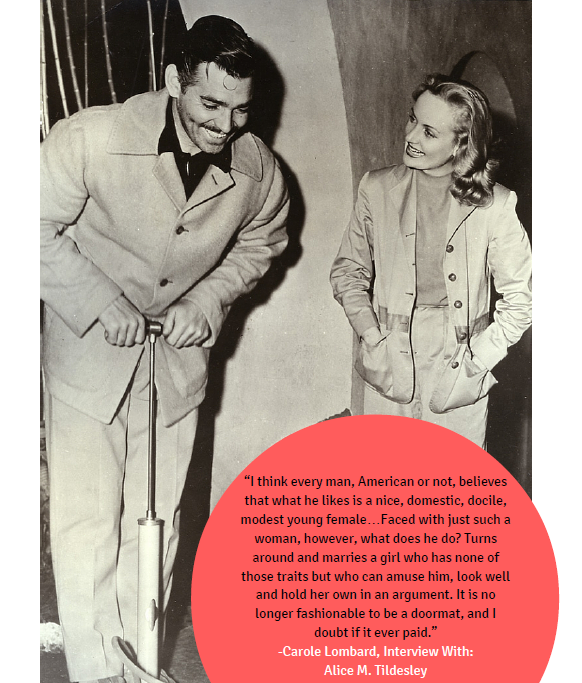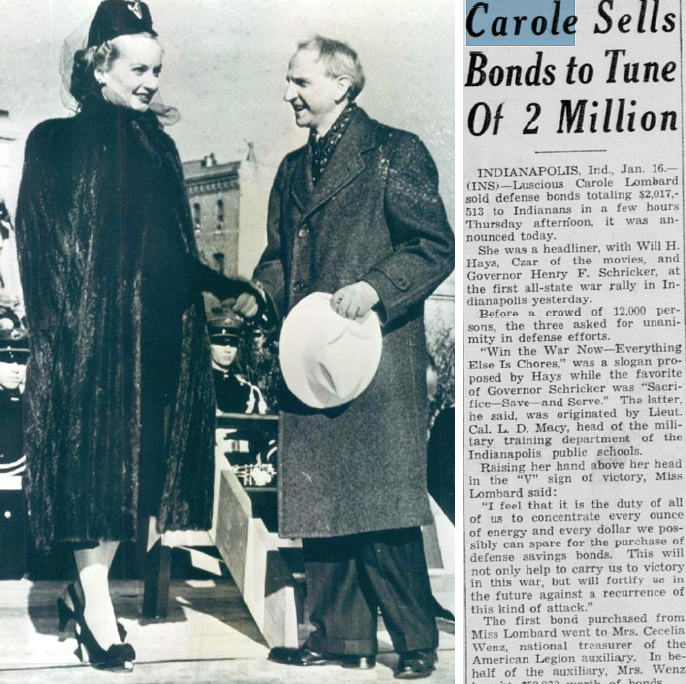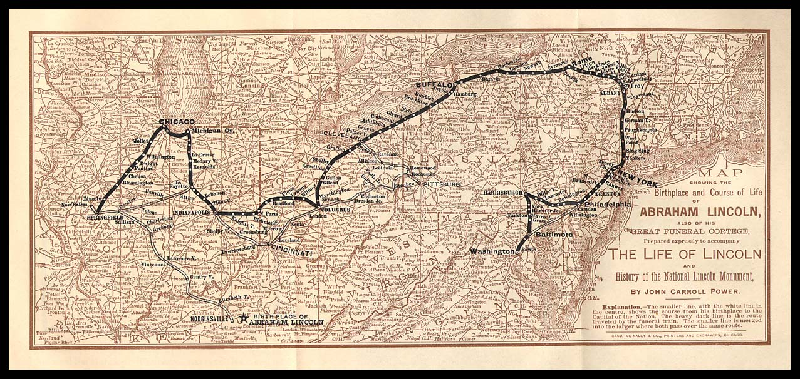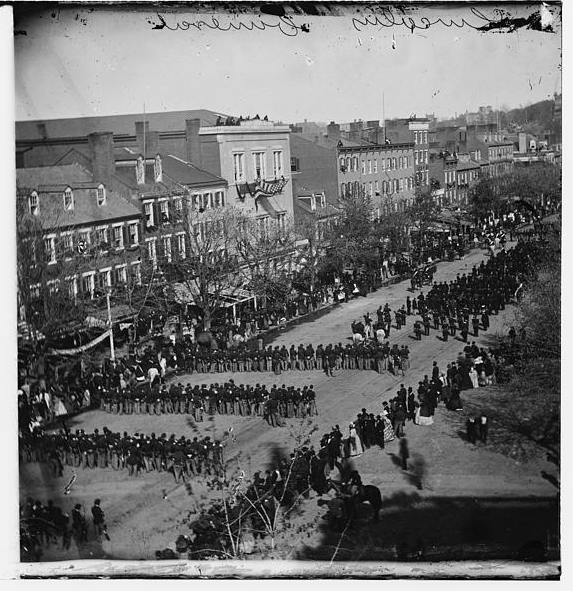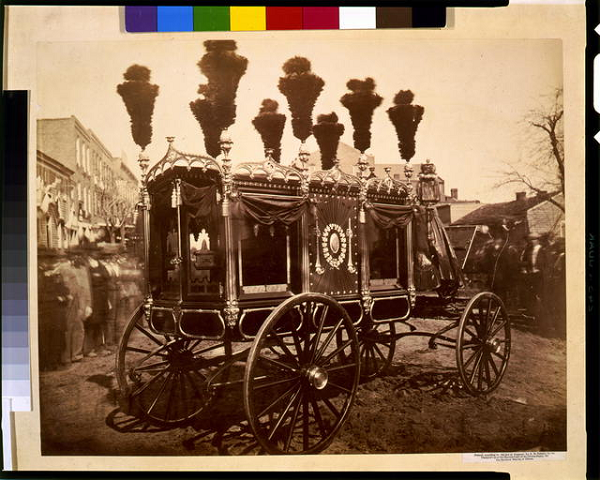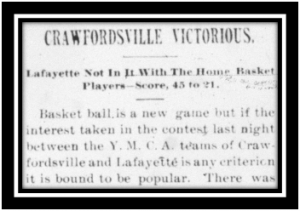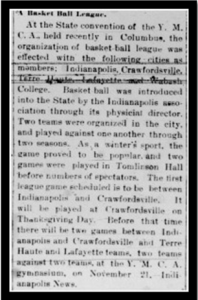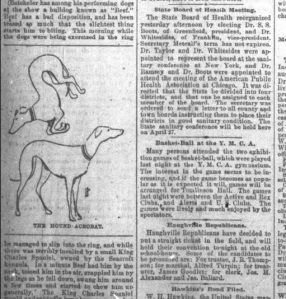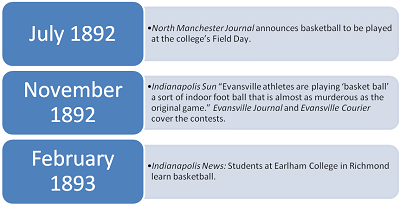
Elvis Presley, known around the world as the King of Rock ‘n’ Roll, thrilled audiences for decades with his legendary swagger, good looks, and unique vocal stylings. Among his many concerts over the years, the one that garners much historical attention is the final one, at Indianapolis’s Market Square Arena on June 26, 1977. His final performance, to a crowd of nearly 18,000 people, inspired copious press attention.
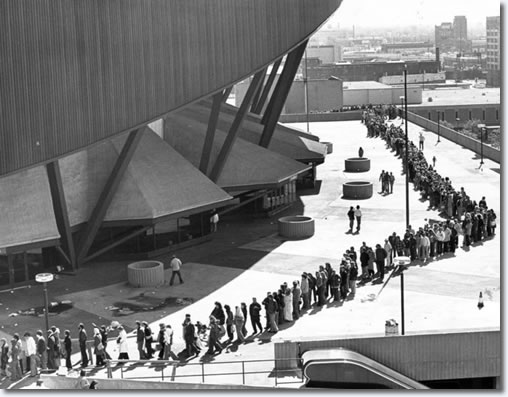
An article in the Indianapolis News on June 25 listed it as a requisite event for music fans. The Indianapolis Star noted playfully “If you admire Elvis Presley’s back you still can buy $15 seats behind the stage for his concert at the Market Square Arena tomorrow night.” While $15 doesn’t sound like much, that’s the equivalent of nearly $60 today.

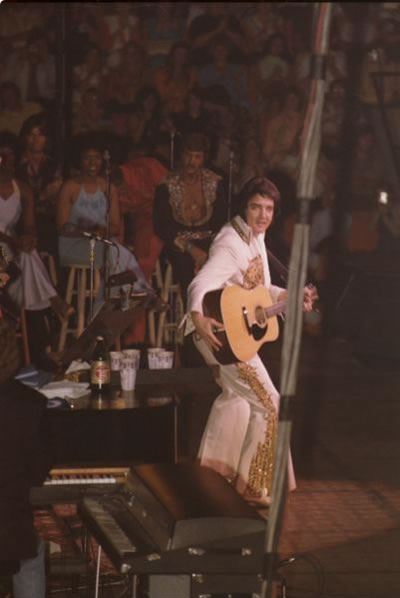
The concert began at 8:30 p.m., but Elvis didn’t perform until 10 p.m.; warm-up acts of brass bands, soul singers, and a comedian filled time before the King. Then for about 80 minutes, Elvis sang both his classic tunes like “Jailhouse Rock” and “Hound Dog,” and his more somber numbers, like “Hurt” and a cover of Simon & Garfunkel’s “Bridge over Troubled Water.” He closed the concert with “Can’t Help Falling in Love with You,” one of his most poignant ballads.
He reportedly told the audience “We’ll meet you again, God bless, adios” as he left the stage. Based on filmed footage, the crowd appeared enthusiastic about the performance; the local press, however, was a bit skeptical.
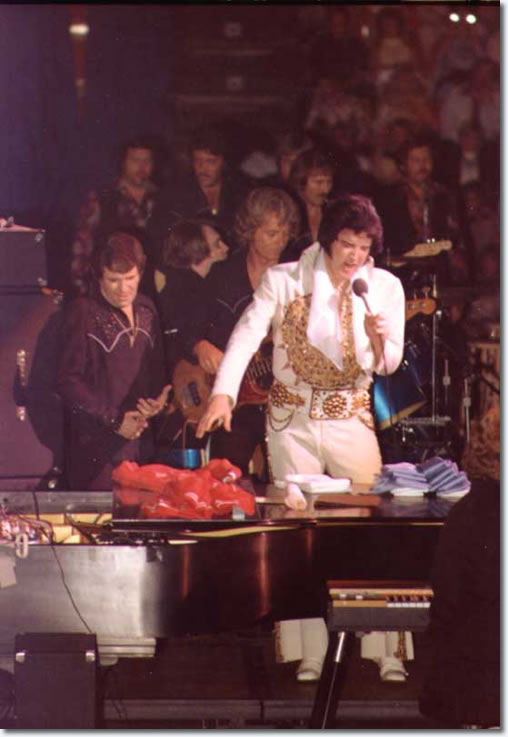
The Indianapolis press seemed divided on the quality of his performance. Rita Rose’s piece in the Indianapolis Star provided a sympathetic take of the show, even as it criticized his appearance. Rose wrote comically:
The big question was, of course, had he lost weight? His last concert here, nearly 2 years ago, found Elvis overweight, sick and prone to give a lethargic performance. As the lights in the Arena was turned down after intermission, you could feel a silent plea rippling through the audience: Please, Elvis, don’t be fat.
She assuaged readers, writing “At 42, Elvis is still carrying around some excess baggage on his midsection, but it doesn’t stop him from giving a performance in true Presley style.” She noted glowingly how well he sang some songs, including “It’s Now or Never,” and “This Time You Gave Me a Mountain.” Rose’s piece emphasized the better elements of the concert and the excitement of the crowd.
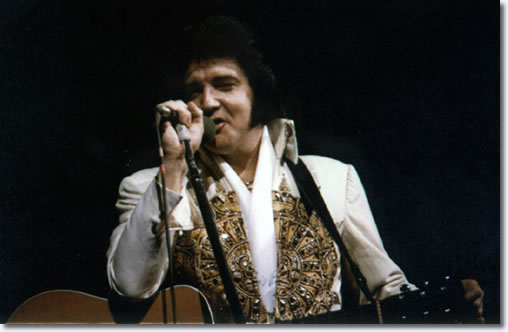
Conversely, critic Zach Dunkin’s piece in the Indianapolis News was the consummate bad review:
“Elvis Presley led another crowd of screamers in bananaland last night during his concert at Market Square Area and the question is why,” wrote Dunkin at the start of his piece. He added, “He obviously doesn’t need the money. He apparently doesn’t care about the way his concerts are packaged either.”
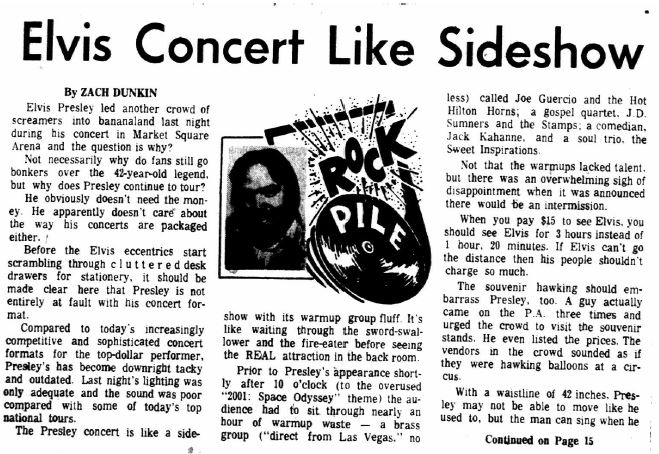
Dunkin went on to call Elvis’s mix of opening acts and his performance a “sideshow,” writing:
“It’s like waiting through the sword-swallower and the fire-eater before seeing the REAL attraction in the back room.” He also heavily criticized the “hawking” of souvenirs by vendors, who he said “came on the P.A. three times and urged the crowd to visit the souvenir stand. He even listed the prices.”
However, Dunkin’s strongest criticism was of the King himself, who he said could “sing when he tries.” His best numbers, in Dunkin’s view, were his renditions of “Hurt” and “Bridge over Troubled Water,” even though Elvis “for some reason had to read the lyrics from a sheet.” Dunkin’s lackluster impression of the King ended with this final take: “It’s time ardent Presley fans quit protecting their idol and start demanding more. They know ‘the King’ can do better.”
Sadly, Presley never got the chance to do better, for his show in Indianapolis was his last. After the concert at Market Square Arena, Elvis took a break from touring and returned home to Graceland. Nearly six weeks after his Indianapolis concert, Elvis died in his home on August 16, 1977 from heart failure, likely caused by years of prescription drug abuse.
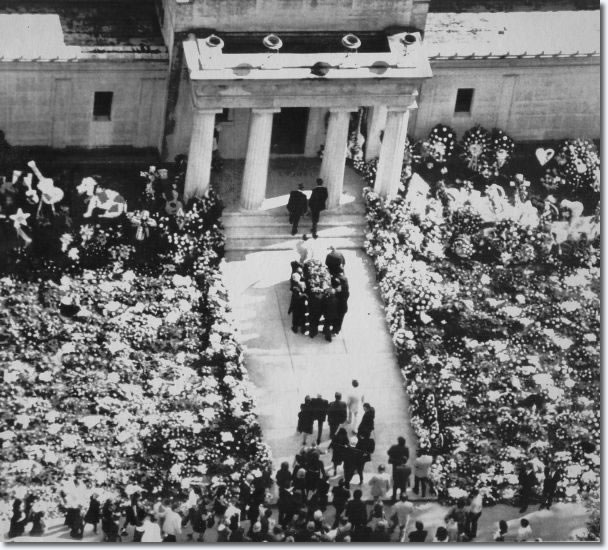
For months afterward, Dunkin received scores of angry letters from fans of Elvis for his unfavorable review. In an interview with John Krull, Dunkin talked about the hate mail he received, particularly attacks against his personality and his supposed “envy” of Elvis. Yet, other letters (in his estimation about “20 percent”) were sympathetic, with one letter saying the King “should’ve stayed home.” Dunkin’s review still receives attention from fans of Elvis and students of music history.
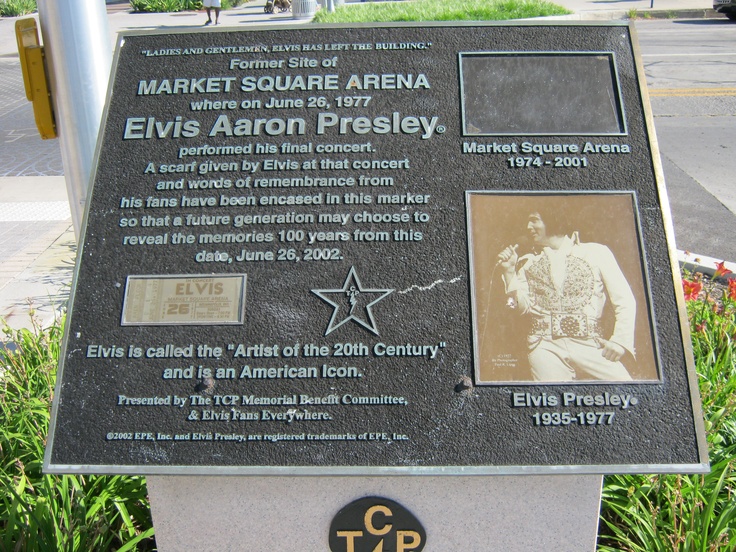
Market Square Arena was demolished in 2001 and it is now a parking lot. A memorial marker for the arena commemorates its history and importance as the venue for Elvis Presley’s final concert.
Elvis Presley’s mark on American music and culture is permanently etched into stone, but his controversial final concert showed the complications and problems associated with his final years. Regardless of the quality of the concert, it will be remembered forever as the place where the King took his final bow.

